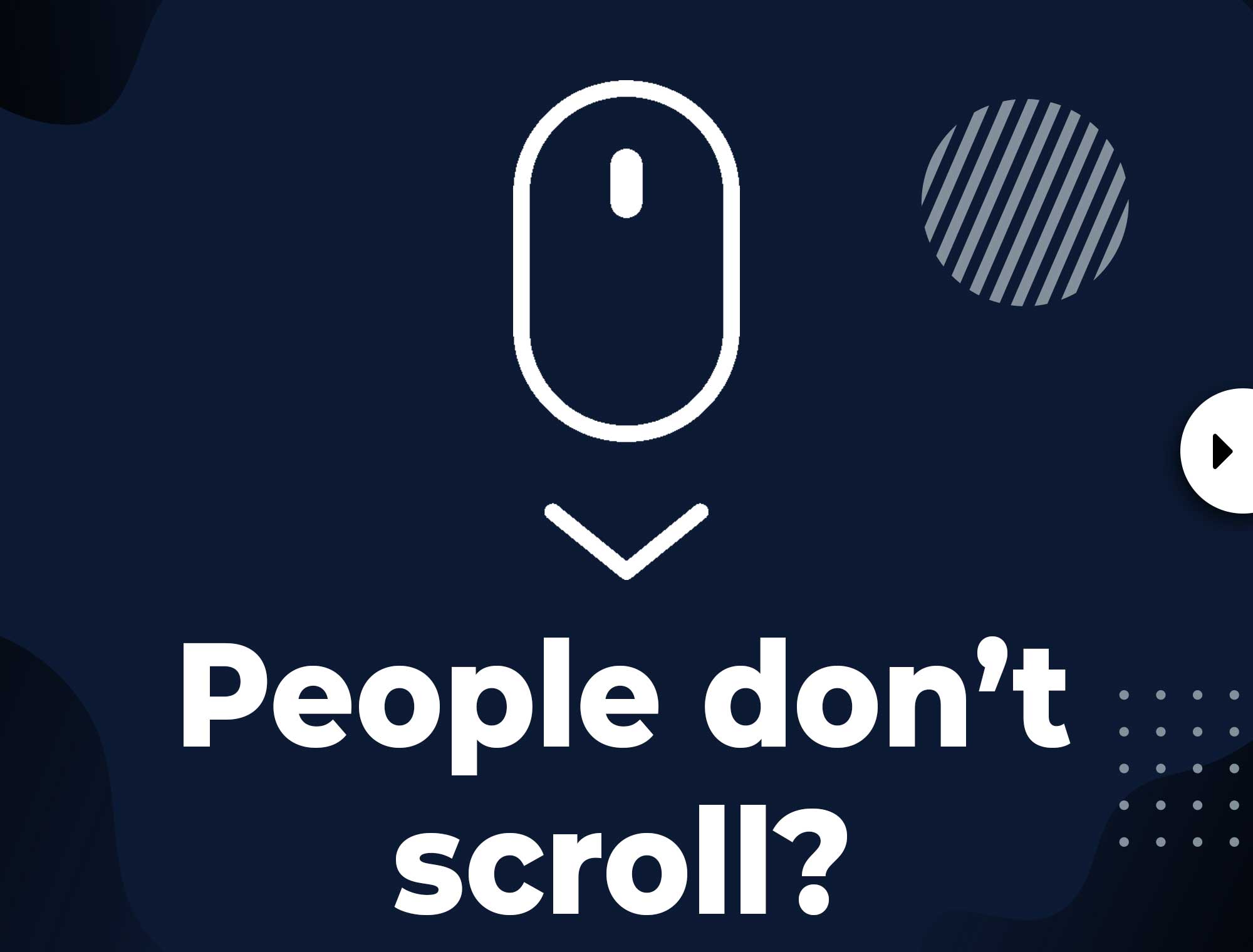The Rise of No-Code Development: Is It a Threat or Opportunity for Web Developers?

In recent years, the tech industry has seen an explosion in the popularity of no-code platforms. These tools, which allow users to build websites, apps, and software solutions without needing extensive programming knowledge, have made waves across industries. Whether you’re a small business owner looking to create a website, an entrepreneur launching a new app, or even a marketer trying to automate some processes, no-code development promises to simplify the technical side of things.
But as no-code platforms gain more traction, many web developers are left wondering: Is this the beginning of the end for traditional development, or can it be an opportunity for growth and innovation? The truth is somewhere in between. In this article, we’ll explore the rise of no-code development, its potential threats, and the opportunities it offers for professional web developers.
What is No-Code Development?
Before diving into the debate, let’s first define what no-code development is. No-code platforms allow users to create applications, websites, and automation workflows without writing any code. Instead, users interact with a visual interface where they can drag and drop elements, configure workflows, and tweak the design to suit their needs.
Popular no-code platforms include Wix, Webflow, Bubble, Adalo, and Zapier, among others. These tools have democratized the process of web and app development, enabling individuals and businesses with little to no coding experience to create fully functional websites and applications.
While no-code platforms may seem like a shortcut, they still rely on robust technology behind the scenes—like APIs and pre-built templates—that can deliver powerful results. However, this brings us to the most significant question for traditional web developers: Are no-code tools a threat to their careers, or are they simply another tool in the toolkit?
The Threat: Will No-Code Development Replace Traditional Web Developers?
No-code platforms have undeniably disrupted the traditional development landscape. For years, web developers have spent countless hours writing code to create custom websites, apps, and solutions. Now, with no-code tools, businesses can launch products faster, cheaper, and with minimal technical expertise.
Here are some potential reasons why web developers might feel threatened:
1. Faster Development Cycles
No-code platforms speed up the development process by eliminating the need for extensive coding. Instead of spending weeks or months writing custom code, users can build and launch projects in a matter of days or even hours. This acceleration may lead some businesses to question the value of hiring a developer when they can handle the job themselves.
2. Lower Costs
No-code platforms are often significantly cheaper than hiring a professional developer, especially for small businesses and startups with limited budgets. By offering ready-to-use templates and drag-and-drop functionality, no-code tools make it easy for anyone to create a professional-looking website or app without breaking the bank.
3. Accessibility for Non-Technical Users
No-code platforms empower individuals who lack coding skills to bring their ideas to life. From marketing professionals to entrepreneurs, anyone can use these tools to create a functioning product without needing to rely on a developer. This ease of use reduces the perceived need for technical expertise.
4. Automating Processes
Many no-code tools integrate with popular services like Zapier, allowing users to automate repetitive tasks and workflows. This automation can replace the need for developers to build custom integrations, especially for businesses that simply need to streamline operations without the complexity of custom software development.
While all these factors contribute to the rise of no-code, it’s important to consider that this revolution might not necessarily replace the role of a web developer entirely. Instead, it might evolve the role of developers in exciting new directions.
The Opportunity: How Can Web Developers Adapt and Thrive?
While no-code platforms may appear to be a challenge, they also present significant opportunities for web developers willing to embrace them. Rather than viewing no-code as a threat, developers can leverage these tools to enhance their skill sets and deliver even more value to their clients. Here’s how:
1. Focus on High-Complexity Projects
No-code tools are excellent for building simple websites or apps, but they have limitations when it comes to custom, complex projects. Developers can continue to focus on high-complexity tasks that require advanced coding, such as building custom features, integrating APIs, and creating unique user experiences. While no-code platforms can handle the basics, developers are still needed for projects that push the boundaries of what these platforms can do.
2. Act as a No-Code Expert or Consultant
Web developers can position themselves as no-code experts, helping clients navigate these platforms. They can provide consulting services, set up no-code workflows, and help businesses maximize the potential of no-code tools. By becoming an expert in no-code platforms like Webflow or Bubble, developers can expand their service offerings and tap into a new market of non-technical clients.
Moreover, developers can assist in customizing templates or adding advanced functionality that the platforms themselves cannot handle. This allows developers to combine no-code tools with traditional development techniques to create more powerful solutions.
3. Offer Maintenance and Optimization Services
No-code tools might make the building process easier, but maintenance and optimization require a developer’s touch. Web developers can offer ongoing support to businesses that use no-code platforms, including performance optimization, debugging, security audits, and updates. This creates a new revenue stream that capitalizes on the growing demand for low-code/no-code solutions.
4. Build Hybrid Applications
One exciting opportunity for web developers is creating hybrid applications that combine the ease of no-code tools with the power of custom development. For instance, a developer might use a no-code platform to quickly create the front-end of a website and then integrate custom back-end functionality with APIs or custom code. This hybrid approach allows businesses to get the best of both worlds—speed and customization.
5. Focus on User Experience and Design
No-code platforms often come with pre-designed templates, but they don’t always offer the level of customization or uniqueness that businesses require. Developers with a keen eye for design and user experience (UX) can still add significant value by refining templates, ensuring seamless functionality, and optimizing the user journey. As businesses increasingly realize the importance of UX, skilled developers can position themselves as essential partners in creating polished, user-friendly digital experiences.
The Future of Web Development: A Shift Toward Collaboration
Instead of creating a rift between no-code developers and traditional web developers, the rise of no-code platforms could foster greater collaboration. Developers can work alongside non-technical users to build and scale solutions more efficiently, combining technical expertise with the speed and ease of no-code tools.
No-code development might serve as a springboard for aspiring developers. Many people start out using no-code tools to create websites or apps and, over time, realize that they need deeper customization or more advanced features. This transition can lead to a broader interest in learning traditional coding, ultimately fueling the demand for more skilled developers.
Conclusion: A New Era of Web Development
The rise of no-code development represents both a challenge and an opportunity for web developers. While it’s true that no-code tools are changing the landscape of web development, they are not replacing developers. Instead, they’re shifting the role of the developer, opening up new avenues for growth and innovation.
Web developers who embrace no-code platforms as part of their toolkit will find new ways to add value, increase efficiency, and stay ahead of the curve. By combining traditional coding with no-code solutions, developers can offer faster, more cost-effective solutions while continuing to build complex, customized digital products.
Rather than viewing no-code tools as a threat, developers should see them as a powerful addition to their skillset, allowing them to adapt to the needs of the modern market and offer even more value to their clients. The future of web development isn’t about choosing one path over the other—it’s about finding new ways to collaborate, innovate, and build extraordinary digital experiences.





